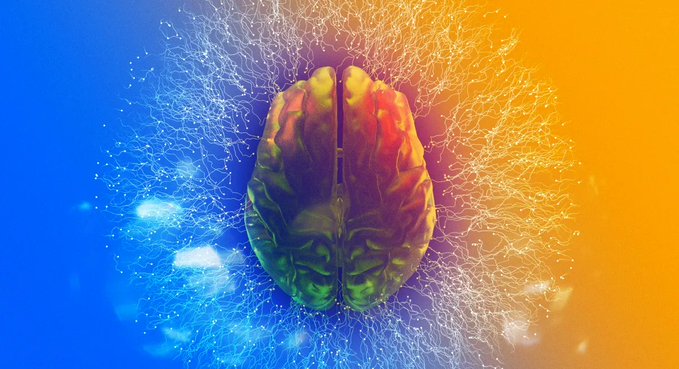
Simulation has emerged as a critical technology for helping businesses shorten time-to-market and lowering design costs. Engineers and researchers use simulation for a variety of applications, including:
- Using a virtual model (also known as a digital twin) to simulate and test their complex systems early and often in the design process.
- Maintaining a digital thread with traceability through requirements, system architecture, component design, code and tests.
- Extending their systems to perform predictive maintenance (PdM) and fault analysis.
Many organizations are improving their simulation capabilities by incorporating artificial intelligence (AI) into their model-based design. Historically, these two fields have been separate, but create significant value for engineers and researchers when used together effectively. These technologies’ strengths and weaknesses are perfectly aligned to help businesses solve three primary challenges.
Simulation models can synthesize real-world data that is difficult or expensive to collect into good, clean and cataloged data. While most AI models run using fixed parameter values, they are constantly exposed to new data that may not be captured in the training set. If unnoticed, these models will generate inaccurate insights or fail outright, causing engineers to spend hours trying to determine why the model is not working.
